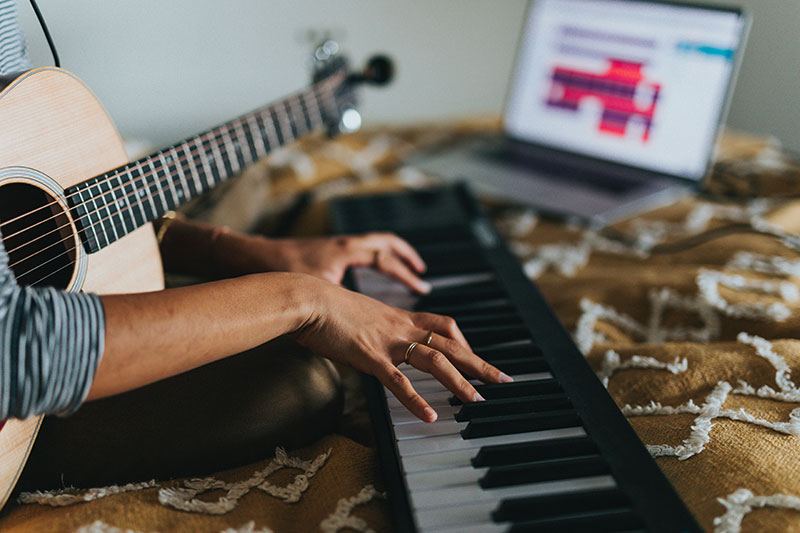Have you always wanted to play the piano but been overwhelmed by the sight of sheet music? You’re not alone!
Piano sheet music can look daunting, but with the right guidance and practice, it’s easier than you think. This comprehensive guide will walk you through the basics of reading piano sheet music, ensuring that you’re well on your way to becoming the pianist you’ve always dreamed of being.
Familiarize Yourself with the Musical Staff
Piano sheet music is written on a musical staff, which consists of five horizontal lines and four spaces. Each line and space represent a specific musical note. There are two types of staff in piano sheet music: the treble clef (for higher notes) and the bass clef (for lower notes). To play piano, you’ll need to read both clefs simultaneously.
Understand the Clefs
The treble clef, or G clef, is used for higher notes and usually played with the right hand. It has a swirl surrounding the second line from the bottom, which signifies the note G. The bass clef, or F clef, is for lower notes and played with the left hand. The two dots on the bass clef surround the second line from the top, representing the note F.

Identify Notes on the Staff
To read piano sheet music, you’ll need to recognize the notes represented by the lines and spaces on the staff. In the treble clef, notes on the lines are E-G-B-D-F (Every Good Boy Deserves Fudge), while notes in the spaces spell FACE. In the bass clef, notes on the lines are G-B-D-F-A (Good Boys Do Fine Always), and the spaces spell All Cows Eat Grass (A-C-E-G).
Master Rhythm and Timing
Sheet music is divided into measures (or bars), which are segments of music containing a specific number of beats. The time signature, found at the beginning of a piece, tells you how many beats are in each measure and the note value of one beat. Common time signatures include 4/4, 3/4, and 6/8.
Learn Key Signatures and Accidentals
Key signatures indicate the key in which the piece is written and are represented by sharps (#) or flats (b) at the beginning of the staff. Accidentals, on the other hand, are sharps, flats, or naturals (♮) that alter individual notes.
Reading piano sheet music may seem challenging at first, but with practice and dedication, it’ll become second nature. Familiarize yourself with the musical staff, clefs, notes, rhythm, and key signatures to unlock the world of beautiful piano melodies. So grab your sheet music, and let the journey to becoming an accomplished pianist begin!
